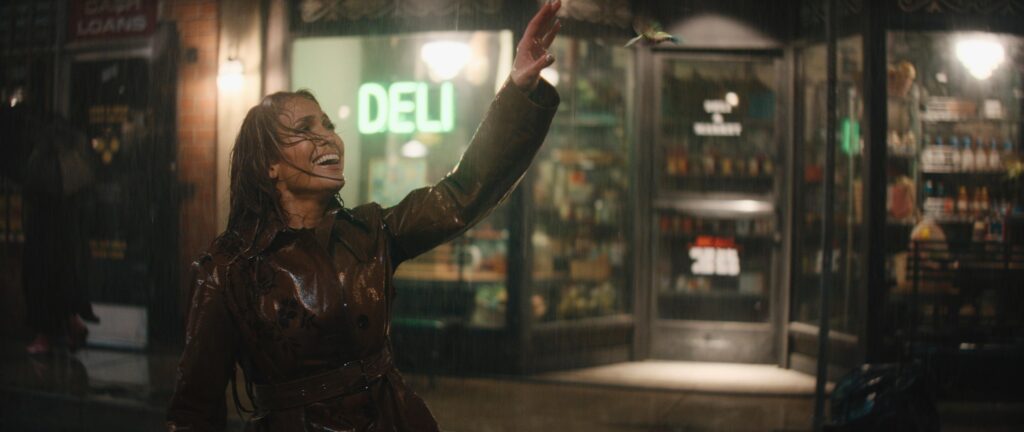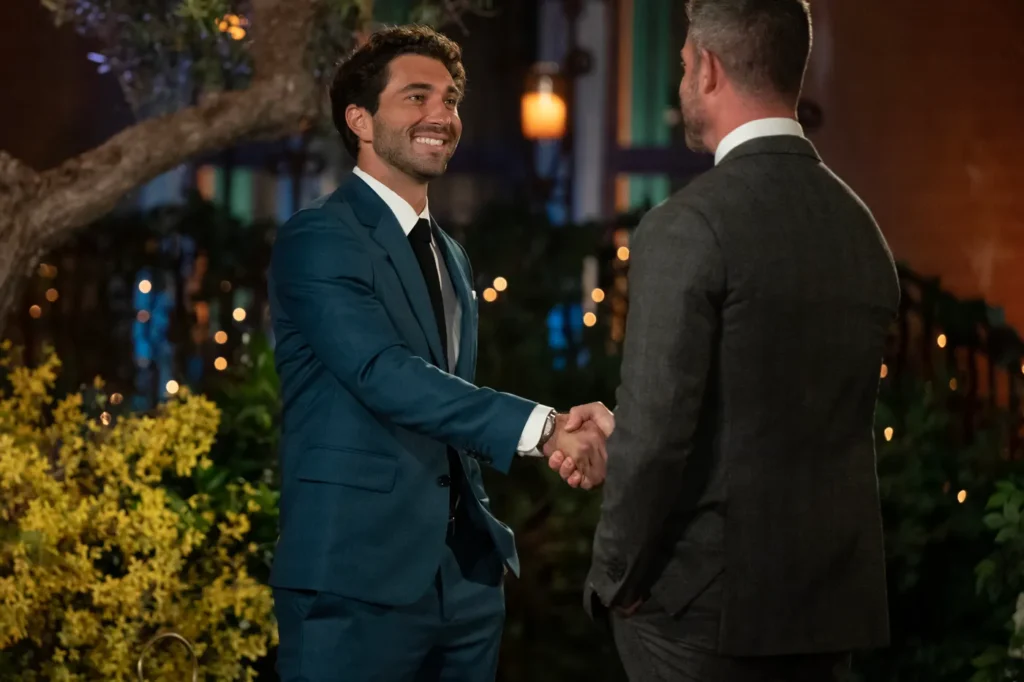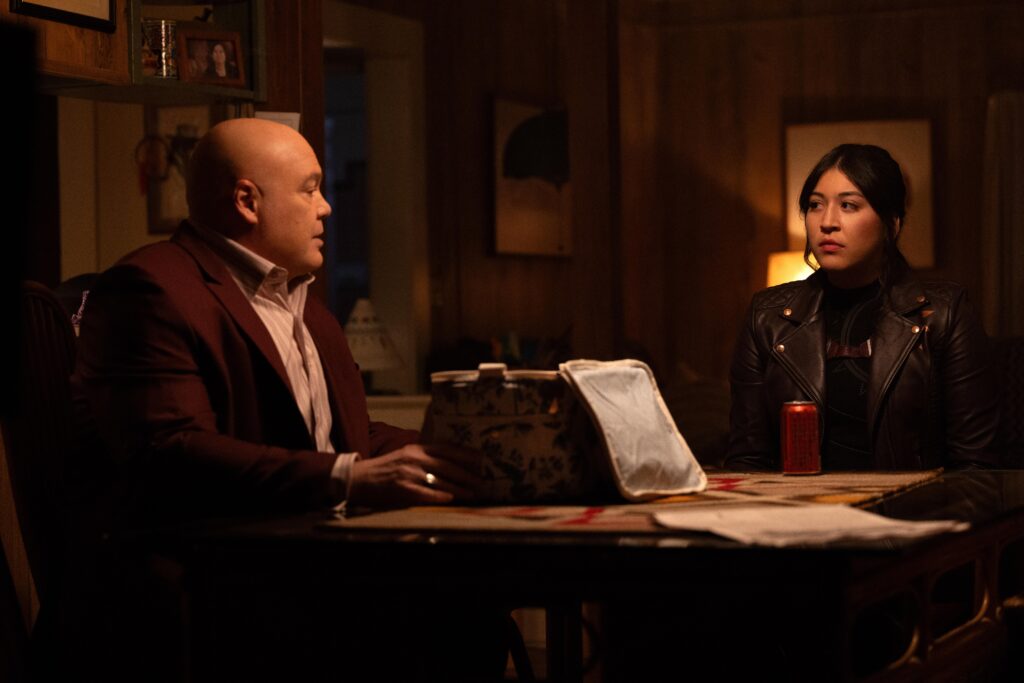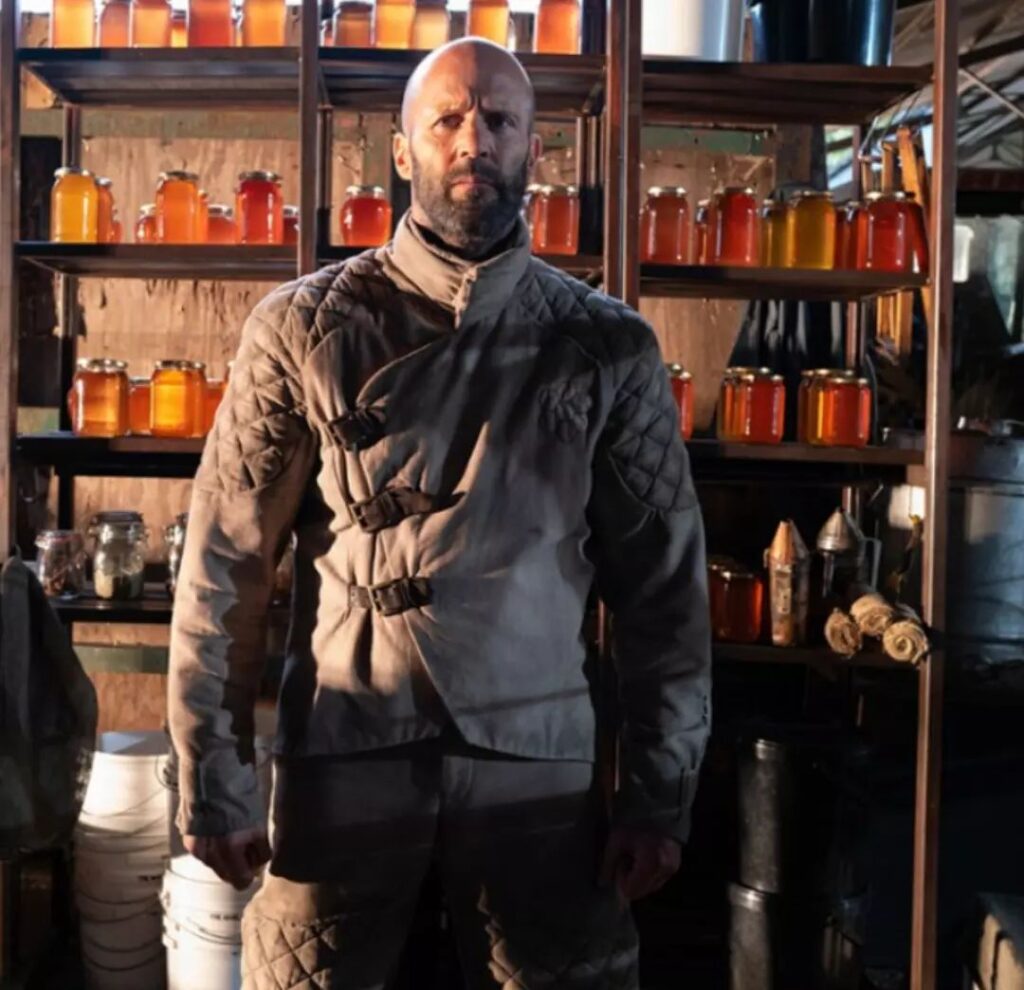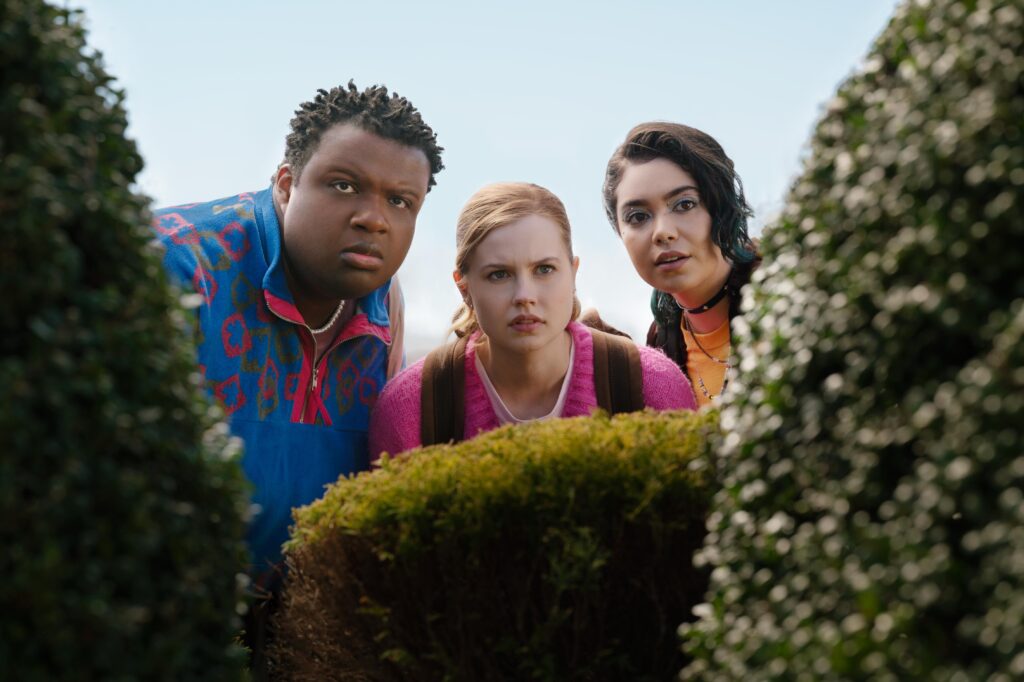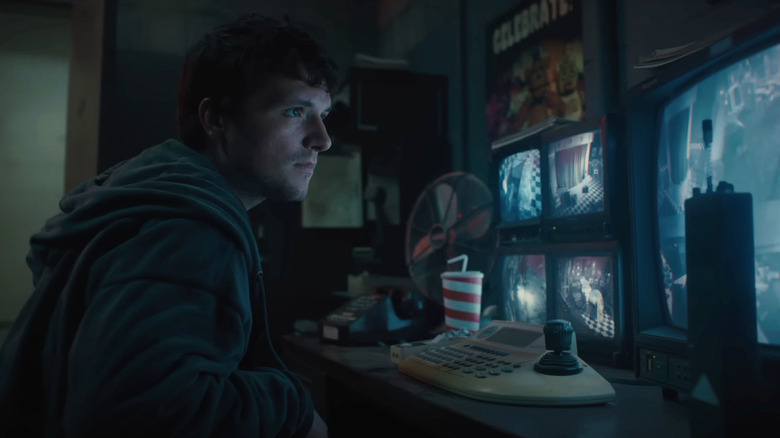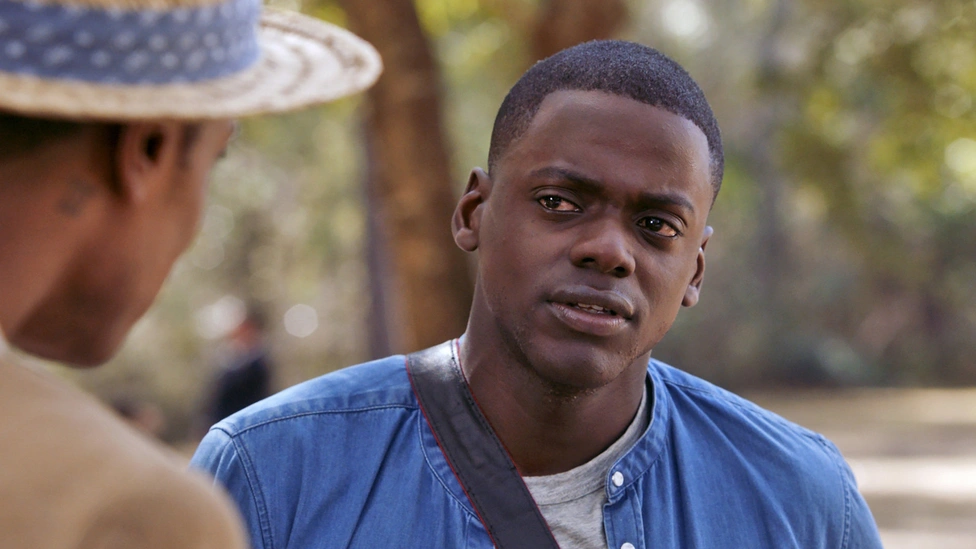
Black filmmakers have expertly used their platform to both show the tribulations of the past and present and define a new, inclusive future. Overcoming the obstacles of discrimination, these contributors’ voices have upended the industry and shone a light on a new filmmaking perspective.
One of the most well-known directors to defy classic Hollywood tradition is Jordan Peele. As a famous comedian, filmmaker, producer and screenwriter, Peele upended the cinematic industry with a creative eye for social commentary. His directorial debut was in 2017 with the horror film “Get Out” starring Daniel Kaluuya, LaKeith Stanfield and Allison Williams. This, however, was not the beginning of his journey in entertainment.
Peele stepped foot into the industry through his comedic stunts on “Mad TV,” a sketch series competing with “Saturday Night Live” until its end in 2016. After leaving, he started the comedy show “Key & Peele” with fellow comedian Keegan-Michael Key and founded Monkeypaw Productions company.
Shortly after, the world saw the immensity of his talent beyond the camera as a skilled screenwriter of a new style of horror films. Beginning with “Get Out” and continuing with 2019’s “Us” and 2022’s “Nope,” each narrative is rooted in very real issues. Peele explained how, “The only way I will ever attempt to create anything again is to be vulnerable with my own emotions, and in some way, it has to be autobiographical. If you’re telling a story and you’re not bearing a part of your soul or telling part of your truth, I think you’re not doing that right.”
In an industry built through the eyes of white men, the majority of films are brought to life without an awareness of certain people and stories. “These fears of mine, I’ve never seen them portrayed in film,” he explained as he discussed “Get Out.” “On the surface it’s a harmless thing, but what I wanted to point out with this film is that it’s connected to the deep horror of racism.”
Not only are his storylines unique and camerawork exceptional, Peele’s ability to cleverly foreshadow and build to unexpected twists are a large part of his success. While giving advice on producing a thrilling script and narrative, Peele said, “The process of doing sketch comedy week after week on ‘Key & Peele’ was very much became about this idea of jiu jitsu. If you can predict where an audience is going to go or what they think you’re going to do you can use that momentum against them.”
It comes as no shock that he became the first African American to win the Academy Award for Best Original Screenplay for “Get Out” and continues to be nominated and win awards with each new project.
Another force within the film industry is Spike Lee, an Atlanta native whose popular works are “Do The Right Thing,” “Malcolm X” and most recently “Da 5 Bloods.” His narratives introduce Black experiences in an otherwise homogeneous field of white perspectives.
Lee was born in pre-Civil Rights Movement Atlanta, with tensions inciting his family to move to Brooklyn, N.Y. He returned to Atlanta to study at Morehouse College until 1979 and traveled back to New York University (NYU) for film school.
Founding his own production company in 1979, Lee built 40 Acres and a Mule Filmworks to launch his introduction into cinema. The 1980s were known as the “new Black film wave” and marked his success through low budget, independent films. Beginning in college, he partnered with Ernest Dickerson, the best cameraman at his school, to shoot all of his films, from school projects to his first feature films.
Unlike now, there was not an easy route to raise money or publicize films. Lee did not have the technology to film with his phone or send clips through social media. To produce his first major film, “She’s Gotta Have It,” Lee had to raise $175,000 himself to remain an independent creator and maintain the essence of his vision. When describing how he managed this, he said, “It was a miracle.”
His on-the-ground fundraising took multiple steps, but the third stage, getting enough money to edit the film, was the most critical. This would allow Lee to put on
screenings for invest. Each stage took around seven to eight months, meaning producing his film took years of continuous effort. “She’s Gotta Have It” ended up earning $8.5 million at the box office, marking his big entrance onto the entertainment scene.
When fellow Black director Barry Jenkins’ film “Moonlight” took home the Oscar for best picture in 2017, Lee shared a tepid reaction, feeling that its win had not corrected from the lack of diversity among the Oscar winners the year before, known on social media by #OscarsSoWhite. Lee acknowledged the win with, “I’m happy, but I don’t think it’s [an] indication that the world has changed…Winning the Oscar, that’s not going to change the landscape. The landscape changes when we’re in the room.”
Aside from a successful career as a filmmaker, Lee began teaching at NYU’s Tisch School for the Arts and has continued in that role for the past 31 years. He continues his push talented minority filmmakers to continue on their path despite the extra obstacles they will face. “What I try to instill in my students is that they have to put the werk in. W-E-R-K. W-O-R-K is not gonna get you there,” Lee said. “That hollywood scenario that the hand of god’s gonna come out of the sky and anoint you as the next motherf*****-don’t go for that. You have to werk.”
Running from last October and ending this February, the Brooklyn Museum welcomed the “Spike Lee: Creative Sources” installation as a glimpse into his inspirations. Lee wanted the world to have a look into the many faces and creators that helped contribute to where he is today, just as he has paved the way for filmmakers to come.
The post Black directors bring different perspective to film appeared first on Technique.


